Инвертор постоянного тока в переменный 300W 110V Pure Sine Wave
Инвертор 300 Вт 110 В с чистой синусоидой постоянного тока в переменный, преобразует 12 В/24 В постоянного тока в 110 В переменного тока, с максимальным КПД 0,9, идеально подходит для свинцово-кислотных или литиевых батарей.
Форма запроса для оптового заказа?
Пожалуйста, укажите свои данные и требования ниже, и наши сотрудники свяжутся с вами как можно скорее.
Этот инвертор мощностью 300 Вт может преобразовывать постоянное напряжение от аккумулятора в переменное напряжение 110 В. Через полномостовую схему, обычно с использованием процессора SPWM через модуляцию, фильтрацию, усиление и т.д., синусоидальная мощность переменного тока, соответствующая частоте и номинальному напряжению осветительной нагрузки, получается для использования конечным пользователем системы. С помощью инвертора можно использовать батарею постоянного тока для обеспечения электроприборов переменным током.

Как использовать инвертор
- Подключите инвертор к аккумулятору или источнику питания автомобильного прикуривателя
- Включите инвертор, чтобы проверить состояние устройства
- Подключите электронное устройство к инвертору
Убедитесь, что потребляемая мощность ниже номинальной мощности инвертора.

Пакет включает в себя
- Устройство преобразователя частоты
- Кабель с клеммой

Передняя панель
- Положительный терминал
- Отрицательная клемма
- Вентилятор охлаждения
Задняя панель
- Выключатель питания
- Индикатор инвертора
- Universer Power Socker
- USB-розетка

Приложения
| Вес | 850 г |
|---|---|
| Вес | 850 г |
Electrical
| Rated Power | |||
|---|---|---|---|
| Battery Voltage | 12V, 24V |
||
| Rated Voltage | 110V |
||
| Input Voltage Range | 10V-15.5V, 20V-31V |
||
| Maximum Efficiency | 90% |
||
| Battery Type | Lead-acid Battery, lithium |
||
| Waveform | Pure sine wave |
||
| Accessory | Wire with Terminal |
||
| Certification | CE |
||
| Input Voltage | 12V/24V |
||
| Current | 29A/14A |
||
| Inverter Type | DC to AC |
||
| Rated Power | Battery Voltage | 12V, 24V |
|
| Rated Voltage | 110V |
Input Voltage Range | 10V-15.5V, 20V-31V |
| Maximum Efficiency | 90% |
Battery Type | Lead-acid Battery, lithium |
| Waveform | Pure sine wave |
Accessory | Wire with Terminal |
| Certification | CE |
Input Voltage | 12V/24V |
| Current | 29A/14A |
Inverter Type | DC to AC |
Service
| Warranty | 1 Year |
|---|---|
| Warranty | 1 Year |
| Вес | 850 г |
|---|---|
| Rated Power | |
| Battery Voltage | 12V, 24V |
| Rated Voltage | 110V |
| Input Voltage Range | 10V-15.5V, 20V-31V |
| Maximum Efficiency | 90% |
| Battery Type | Lead-acid Battery, lithium |
| Waveform | Pure sine wave |
| Accessory | Wire with Terminal |
| Certification | CE |
| Warranty | 1 Year |
| Input Voltage | 12V/24V |
| Current | 29A/14A |
| Inverter Type | DC to AC |
- Удобство
- Версальность
- Безопасность
- Простота в использовании
- Портативность
- Эффективность по цене
- Улучшение функциональности автомобиля
- Рейтинг мощности
- Тип инвертора
- Количество розеток
- Портативность
- Особенности безопасности
- Способ подключения
- Бренд и отзывы
- Если вам необходимо питать чувствительные электронные устройства, такие как ноутбуки, медицинское оборудование или аудио- и видеоаппаратуру высокого класса, выбирайте инвертор с чистой синусоидой. Этот тип инвертора производит плавные, последовательные электрические волны, которые точно соответствуют мощности, предоставляемой сетью.
- Если вам нужно только питание чувствительных устройств, таких как ноутбуки, медицинское оборудование или высококлассная аудио- и видеотехника, выбирайте инвертор с чистой синусоидой.
- Если вам нужно питать только менее чувствительные устройства, такие как электроинструменты, мелкая бытовая техника или зарядные устройства, например телефоны и планшеты, то вам может быть достаточно инвертора с модифицированной синусоидой.
- Порты USB: Нужны ли вам несколько USB-портов для одновременной зарядки нескольких устройств?
- Количество розеток: Сколько устройств вам нужно питать одновременно?
- Механизмы безопасности: Ищите инверторы со встроенными защитными функциями, такими как защита от перегрева, защита от короткого замыкания и отключение при низком заряде батареи.
- Большинство автомобильных аккумуляторов используют постоянное напряжение 12 вольт, поэтому убедитесь, что инвертор может подключаться к этой системе.
- Для более крупных транспортных средств, таких как фургоны и грузовики, может потребоваться 24-вольтовый инвертор.
- Проверьте емкость аккумулятора автомобиля, чтобы убедиться, что он способен удовлетворить потребности в энергии инвертора и подключенных устройств, не разряжая аккумулятор слишком быстро.



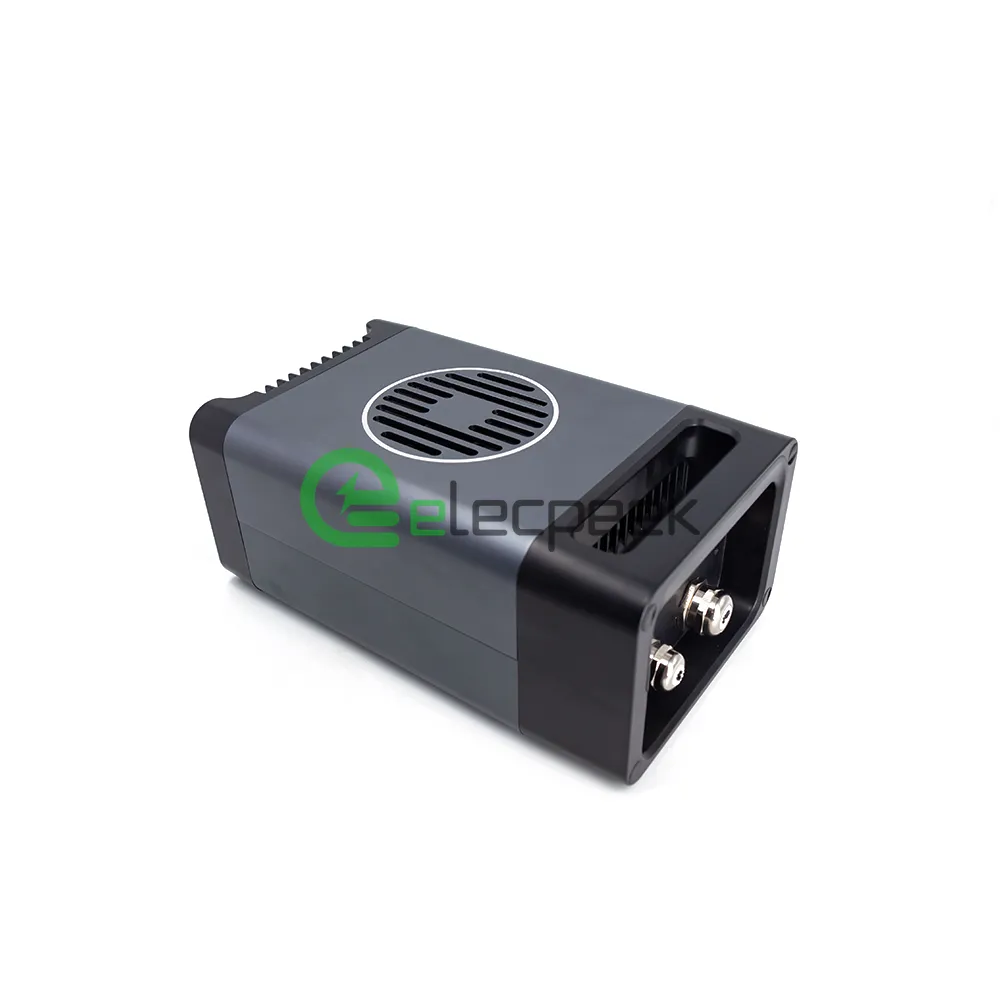


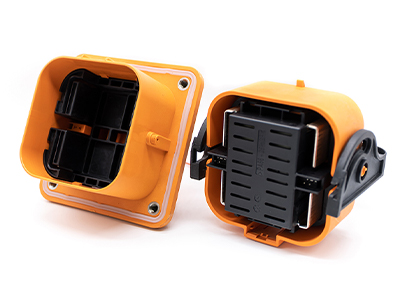








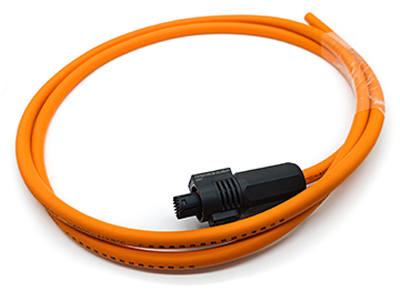

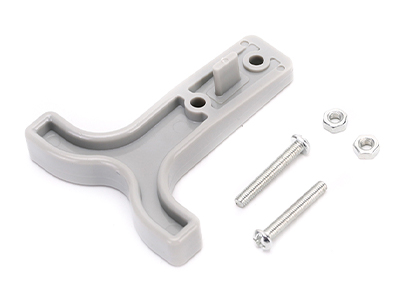
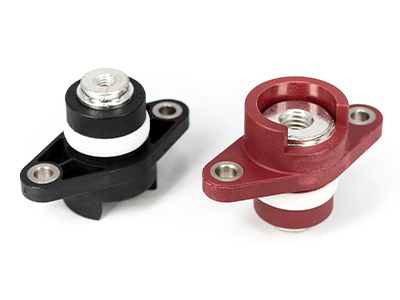
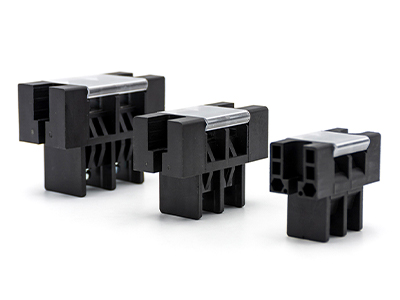


















 Описание
Описание  Technical Data
Technical Data  FAQ
FAQ  Customization
Customization -300x300.jpg)

-300x300.webp)

-300x300.webp)
